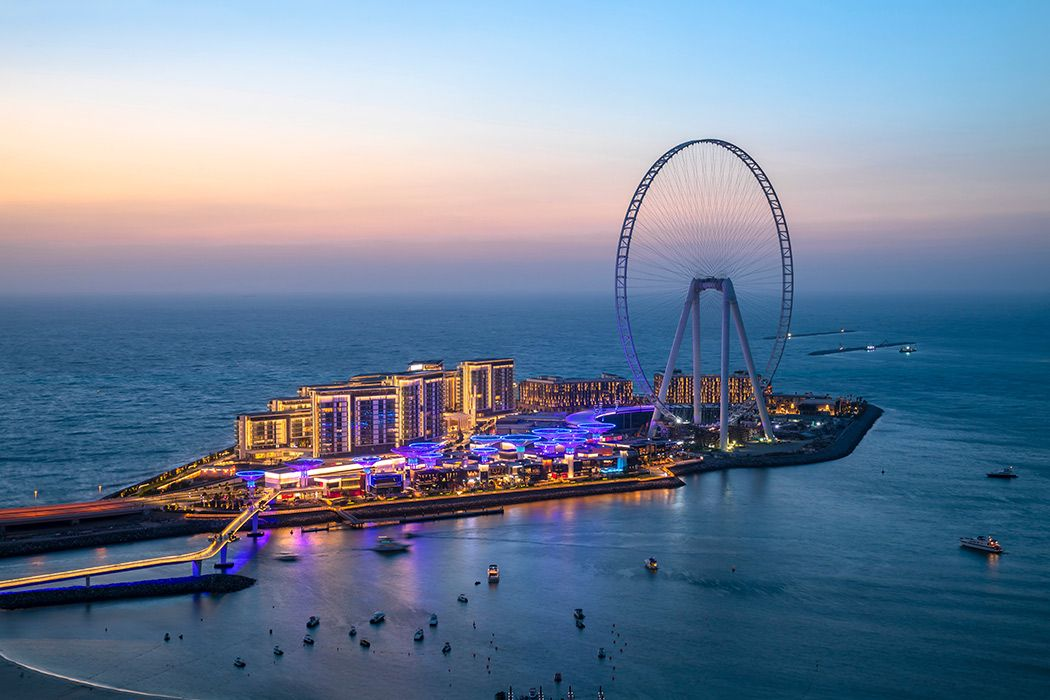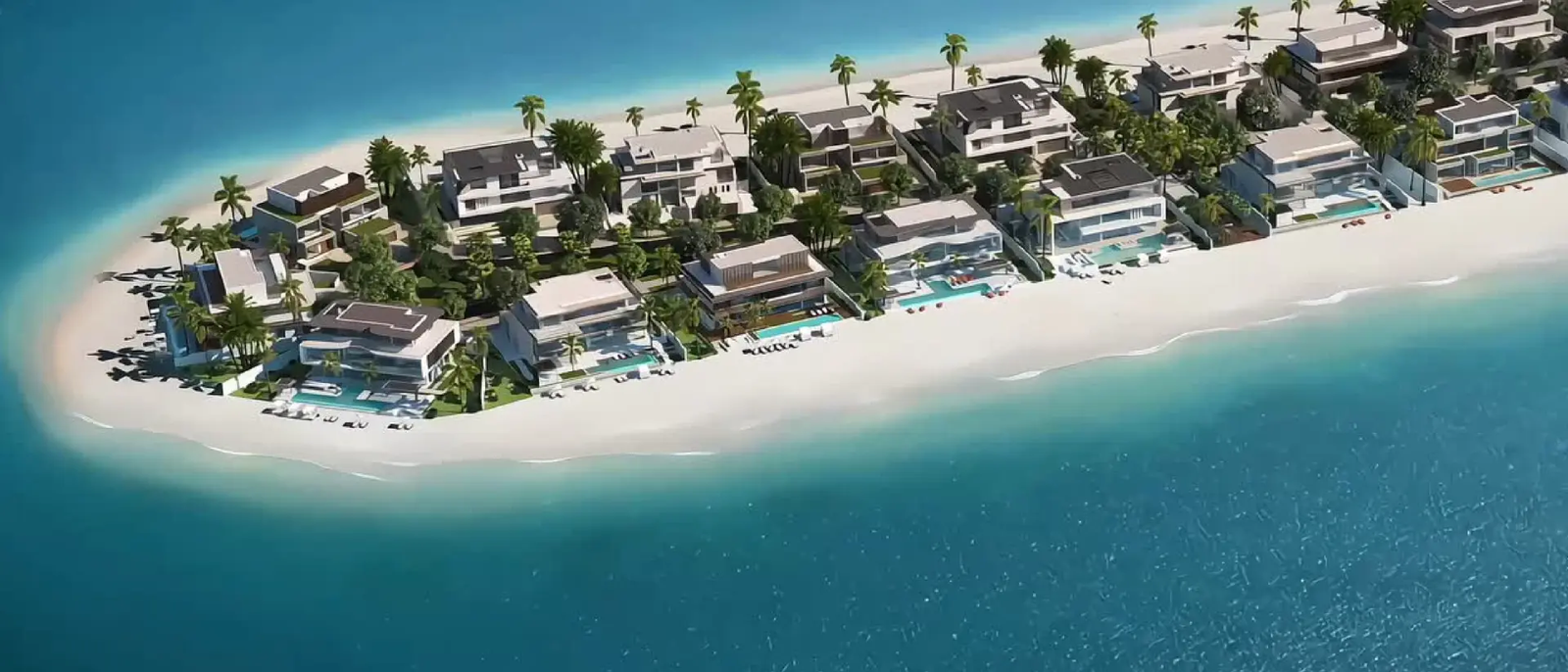Now Reading: UAE’s Wildlife on the Edge: Species Face Extinction 2025!
-
01
UAE’s Wildlife on the Edge: Species Face Extinction 2025!
UAE’s Wildlife on the Edge: Species Face Extinction 2025!
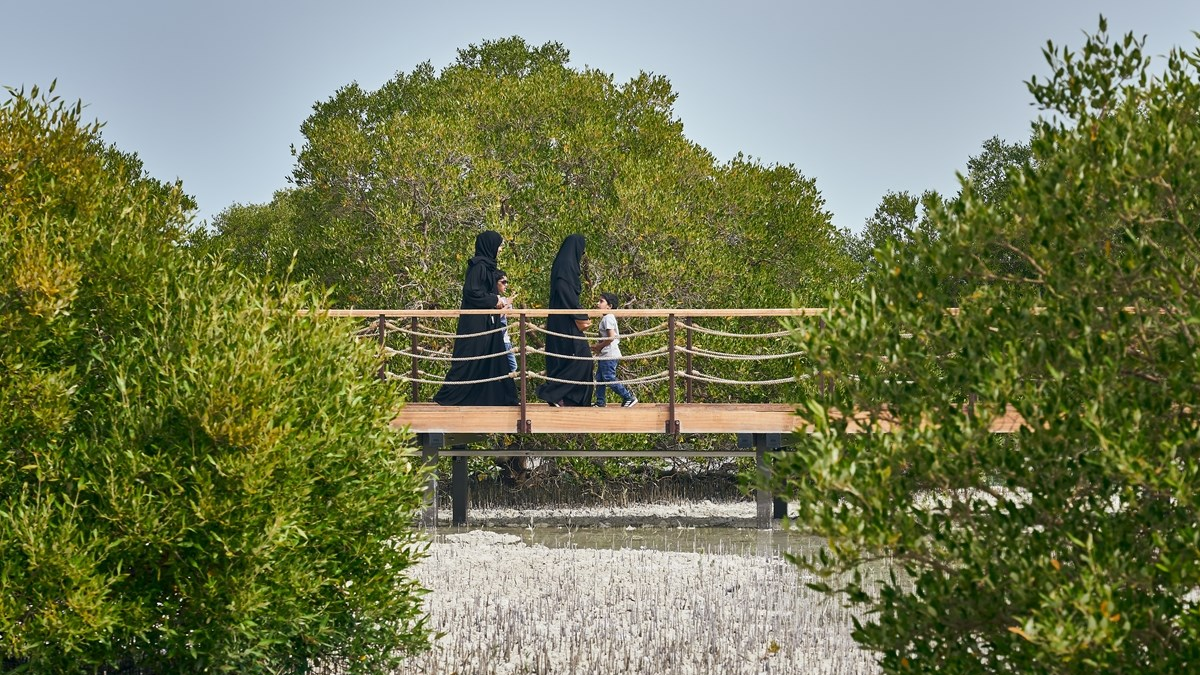
Table of Contents
The United Arab Emirates is known for its stunning deserts, glittering cities, and amazing modern architecture. But behind this modern success story, a silent crisis is happening — many animals and plants in the UAE are in serious danger of extinction. From majestic big cats to unique desert plants, UAE’s biodiversity is under threat, and experts are raising the alarm.
The UAE’s Rich But Fragile Wildlife
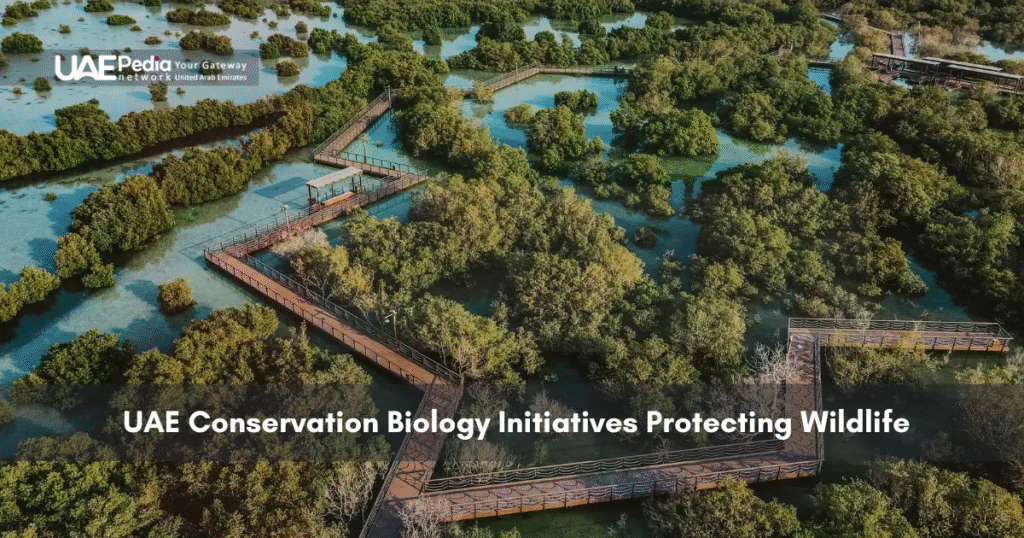
Although the UAE’s desert landscape might look empty, it is home to a surprising variety of wildlife. The Arabian oryx, the Arabian leopard, and the dugong are just a few of the many native species that call these lands and waters home. These animals have adapted to extreme temperatures and harsh environments, making them a symbol of the UAE’s natural heritage.
However, increasing urbanization, climate change, overgrazing, and illegal hunting have pushed many of these animals to the edge. According to the International Union for Conservation of Nature (IUCN) Red List, several UAE species are now classified as endangered or even critically endangered.
Species on the Brink
Arabian Leopard
Once roaming freely across the Arabian Peninsula, the Arabian leopard is now nearly extinct in the wild. Habitat destruction, illegal hunting, and loss of prey have driven this beautiful cat to vanish from many areas. Only a few are believed to survive in Oman and possibly southern UAE. Conservationists warn that if immediate steps are not taken, this species could disappear forever.
Hawksbill Turtle
The UAE’s coastal waters host the hawksbill turtle, a critically endangered marine reptile. These turtles suffer from habitat loss, pollution, and accidental fishing net deaths. Every year, volunteers help protect turtle nesting beaches, but their survival is still at high risk.
Arabian Tahr
This mountain goat-like animal is only found in the Hajar Mountains of the UAE and Oman. The Arabian tahr faces serious threats from habitat loss and hunting. Conservation efforts, including breeding programs and protected areas, are underway, but their numbers remain dangerously low.
Dugong
Dugongs, sometimes called “sea cows,” live in the UAE’s seagrass meadows along the Gulf coast. These gentle marine mammals are threatened by boat traffic, pollution, and habitat destruction. They play a vital role in maintaining healthy underwater ecosystems, making their protection extremely important.
Why Are These Species Disappearing?
Experts agree that human activities are the main reason why these animals are struggling. Here are some of the top threats:
- Urbanization: New roads, housing, and businesses are taking away natural habitats.
- Climate Change: Rising temperatures and shifting rainfall patterns affect both land and sea creatures.
- Pollution: Trash, oil spills, and chemicals pollute both the sea and desert.
- Illegal Hunting and Poaching: Some animals are still hunted for their skins, horns, or meat.
- Overgrazing: Domestic livestock like goats and camels sometimes destroy fragile desert plants that other wildlife depend on.
If these challenges are not addressed soon, the UAE may lose many of its precious wild animals and plants forever.
Government and Community Efforts
The good news is that the UAE is taking steps to protect its wildlife. The government has created several protected areas, like the Al Marmoom Desert Conservation Reserve and Sir Bani Yas Island, where endangered animals can live safely.
In addition, breeding programs for species like the Arabian oryx have been highly successful. The oryx, once extinct in the wild, has been reintroduced to reserves in the UAE and is now a symbol of successful conservation.
Non-government organizations, schools, and local communities are also playing a role. Beach clean-up drives, wildlife awareness campaigns, and volunteer turtle patrols help educate people and protect animals.
What More Can Be Done?
Experts say saving endangered species is not a one-time project; it takes long-term commitment. Here are some actions that could make a real difference:
- Stronger Laws: Enforcing strict penalties for illegal hunting and habitat destruction
- Community Involvement: Teaching people, especially young students, why these species matter
- Better Research: Tracking animals using modern technology to better protect them
- Restoration Projects: Replanting native plants and restoring damaged habitats
- Eco-Tourism: Encouraging responsible tourism that supports wildlife protection
Why It Matters
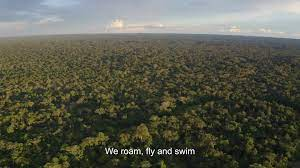
Biodiversity is not just about pretty animals and plants. It is essential for a healthy environment. Each species, no matter how small, plays a role in balancing nature. Losing one species can affect many others — even humans.
For example, if turtles disappear, jellyfish populations can explode, harming fish stocks. If dugongs die out, seagrass beds may collapse, affecting water quality and other sea life.
A Hopeful Future
Although the situation is worrying, there is hope. With cooperation from governments, scientists, and local people, the UAE can protect its endangered species for future generations. There are already positive stories, like the Arabian oryx comeback, that show what is possible when people work together.
The next time you see a hawksbill turtle on the beach or hear about a rare leopard sighting, remember — these animals need all of us to survive. Protecting them is not just an act of kindness, but an urgent necessity for a balanced and healthy UAE.
Read More:- Deyaar’s Latest Announcement Shakes Up the UAE Property Market



